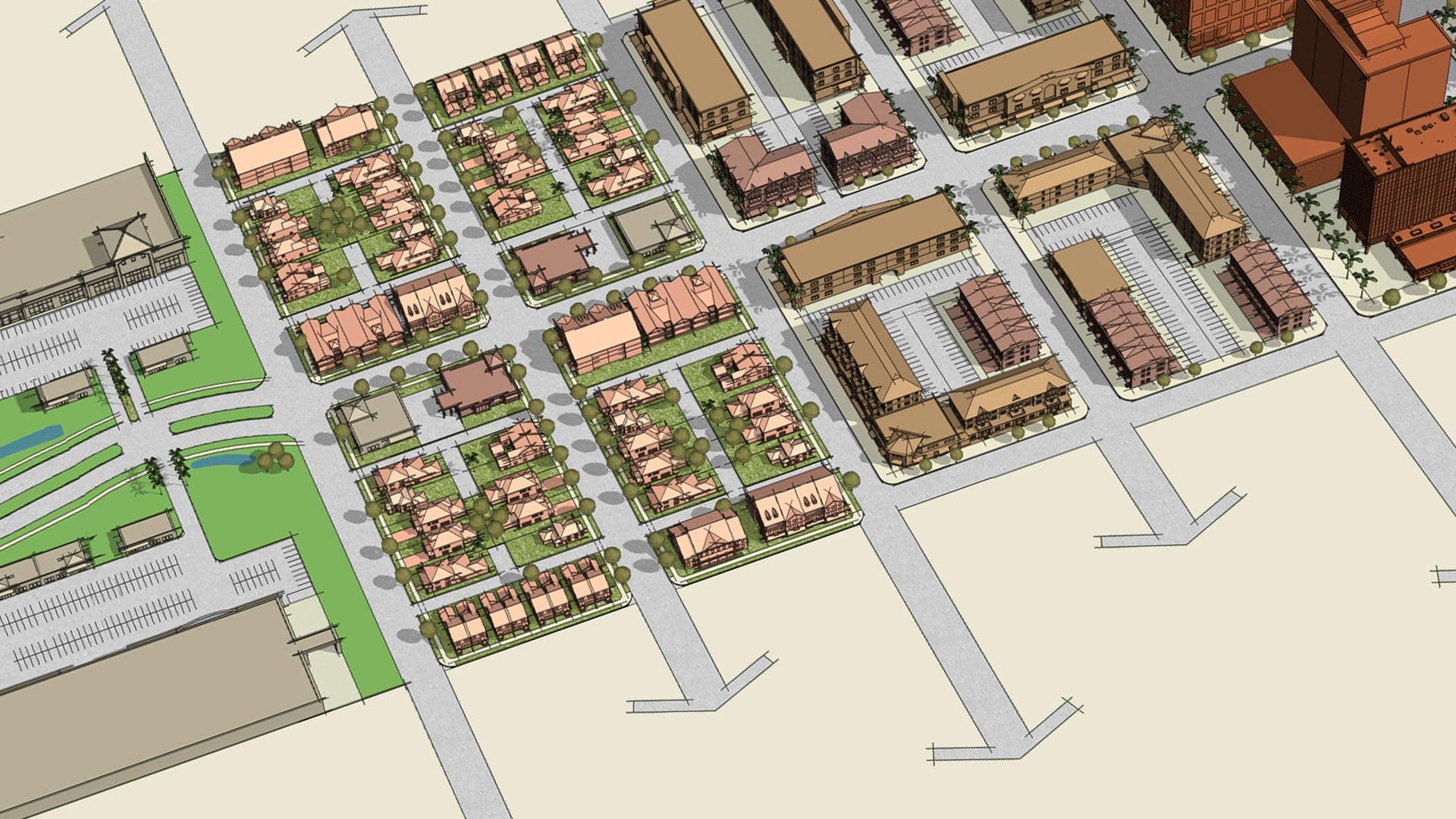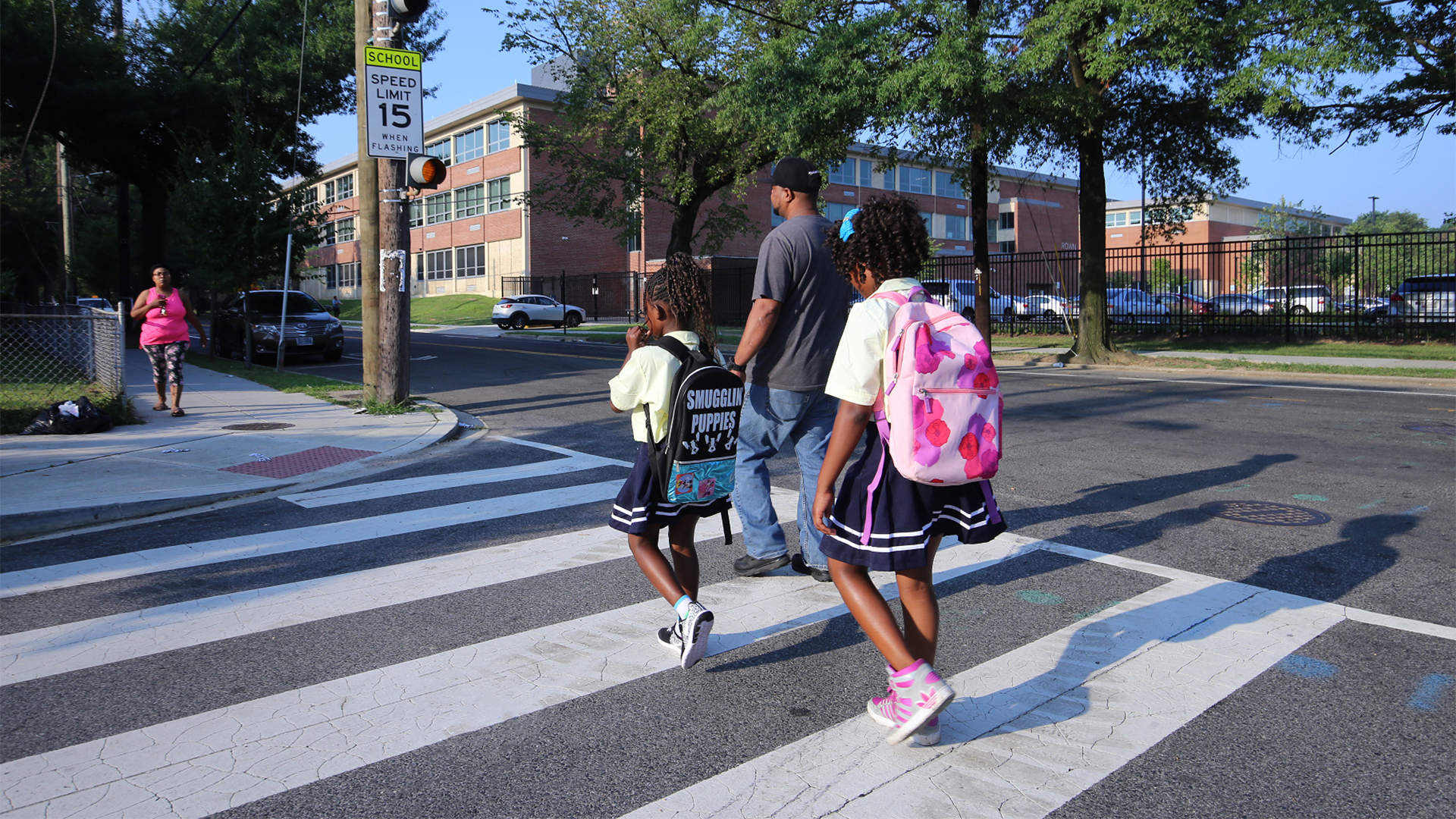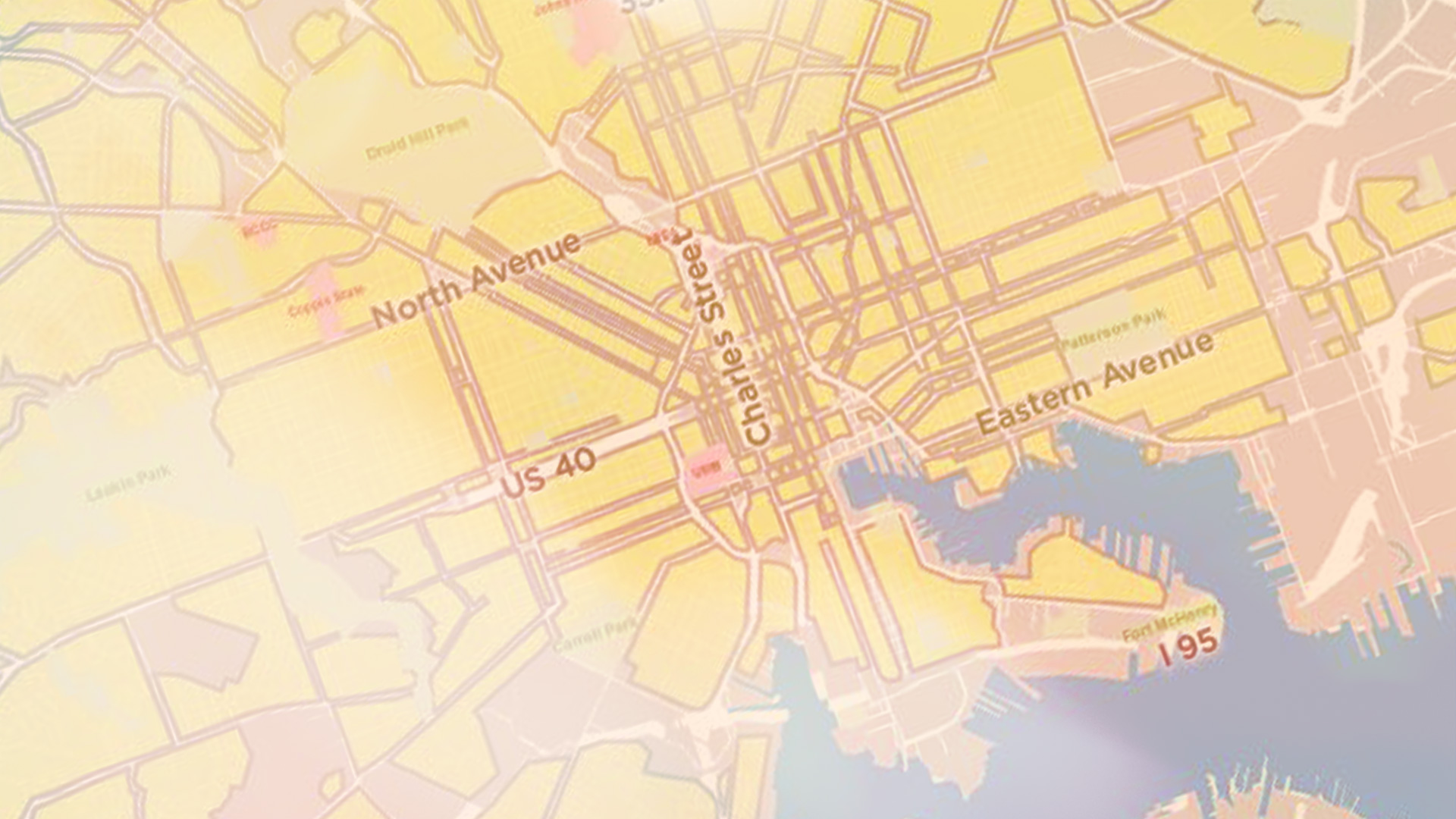Challenge
In 2014, the Florida Department of Transportation (FDOT) adopted a policy calling for the planning, design, construction and operation of a context-sensitive system of Complete Streets to serve users of all ages and abilities. Existing FDOT design manuals, however, limited the ability of planners and engineers to fully embrace and implement Complete Streets. These manuals focused on design standards for roadways with design speeds of 45 mph or higher, and offered limited flexibility for planners and engineers looking to tailor innovative solutions to the diverse contexts, needs and places served by Florida’s state roadways.
Solution
To support FDOT’s Complete Streets policy, Kittelson worked across FDOT offices and districts to create a context classification system to describe land-use patterns throughout the state. This context classification system helps to emphasize the need to support all users within a complete network of streets, according to each street’s existing and desired future context and transportation characteristics. Each Complete Street will strike a different balance of user comfort based on these contexts and characteristics.

Transect_Revised_2
The Outcome
A Blueprint for Florida's Complete Streets
The FDOT Context Classification has been adopted as part of FDOT policy. Criteria and standards in the new FDOT Design Manual refer to roadway context classifications that designers and planners must fully consider when developing roadway solutions. Simply put, FDOT’s context classification will allow FDOT to put the right street in the right place. For example, the context classification specifies roadway design speeds and minimum sidewalk widths. For the urban core context classification (C6), the design speed range for new roadways is 25 to 30 mph, while roadways in the rural area context classification (C2) have a design speed range of 55 to 70 mph.



